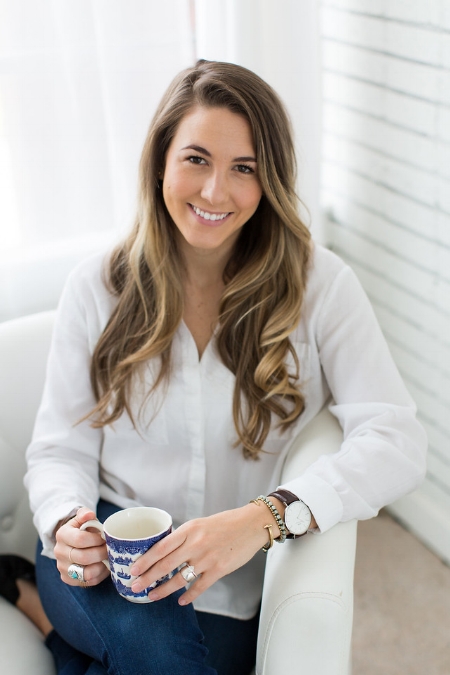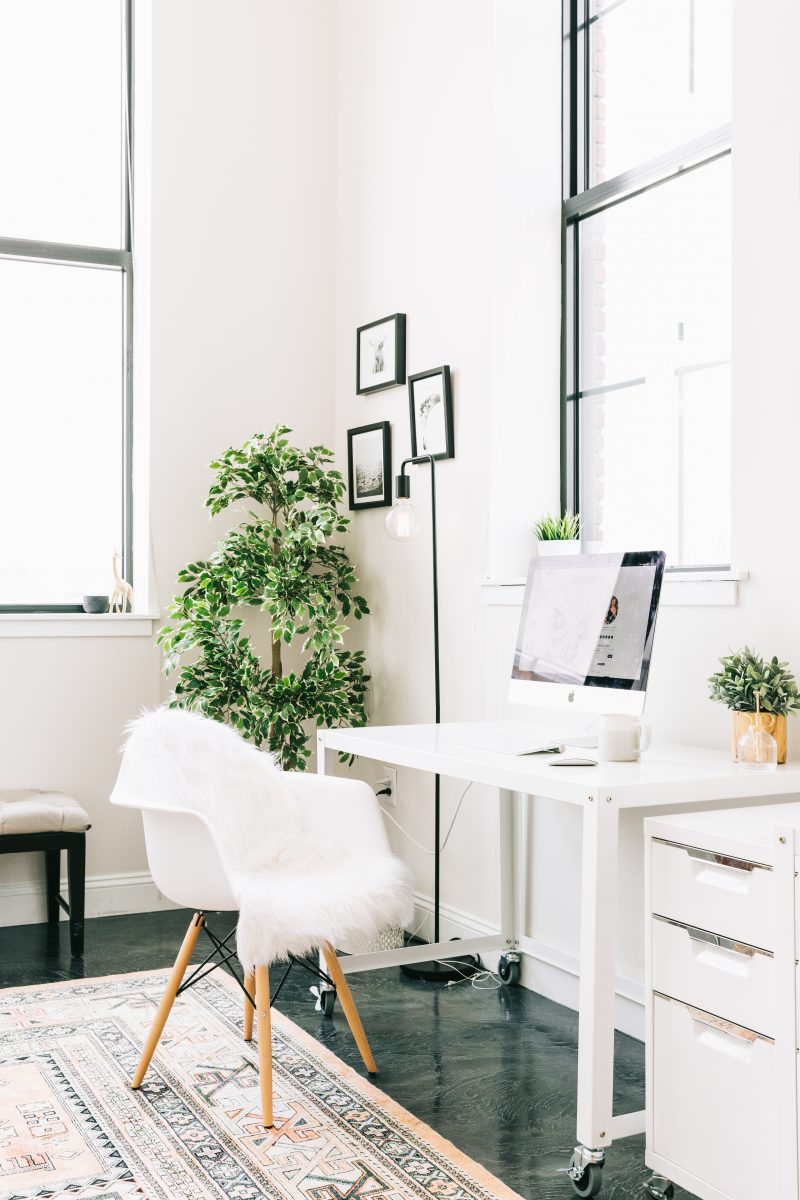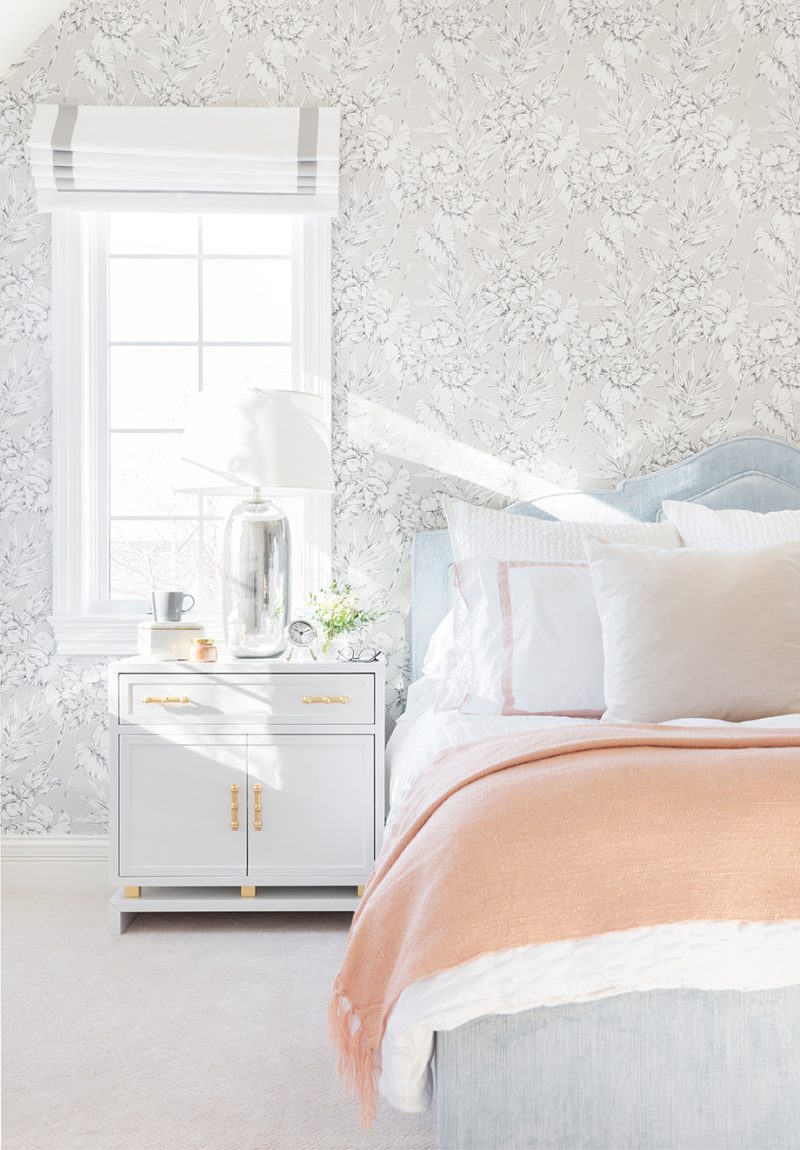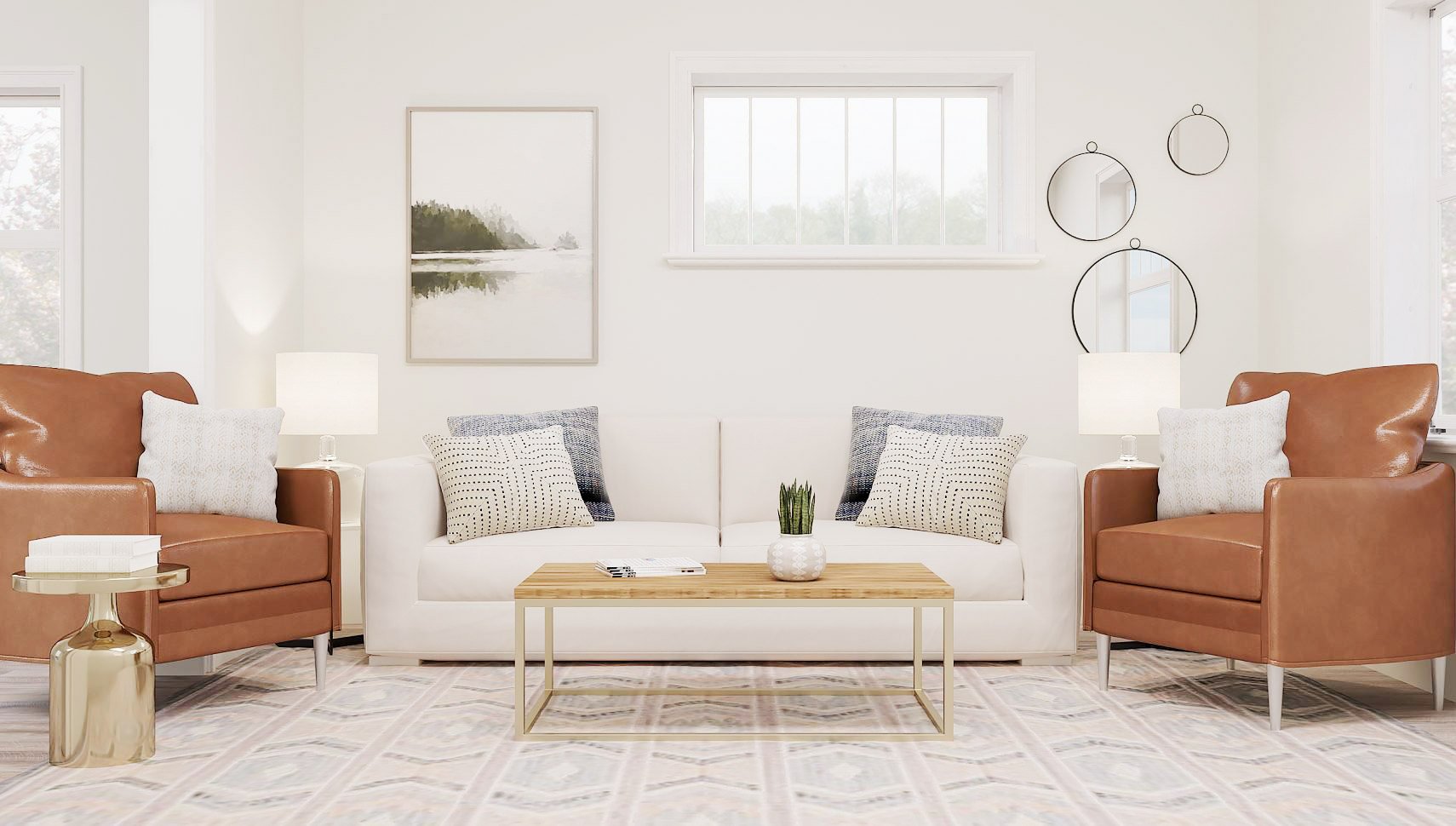
Havenly and Yahoo are working together to provide creative tips and inspiration for making the most of what matters right now: your home. The space you’re living, working, and playing in. Follow along as we share easy ways to add structure, sanity, and a smile to our new stay-at-home realities. And for more overall well-being tips, check out Yahoo Life, too.
For Amy Morrison, good design isn’t just aesthetically pleasing, it also benefits a person’s health. A therapist and mental wellness consultant, Amy founded TrueCoreHealth to take a holistic approach to mental health.
“Thinking about people and their health and wellness goes beyond simply counseling sessions,” Amy explains. “How does their environment, food, relationships, and body impact them?”
Design is a huge part of that puzzle, too, especially the feel of a person’s home. In a time where we’re spending more time at home than ever, it’s important to examine how a person feels in their own space and home. Amy spoke with Havenly to shed a light on well-being, and how design can promote better mental wellness.

Amy works with her clients to hone their sense of neuroception. It sounds complicated, but it’s the practice of “how our brains detect environments subconsciously to know if we are in a position of safety or danger,” Amy says. There are a bunch of underlying cues our subconscious brain picks up on—these cues let us know if we’re in a place of safety, or if there’s a threat.
To put it simply, Amy turns to babies. They know they’re safe in their parents’ arms, but you’ll notice they get fussy in the arms of a stranger. That’s neuroception.
Amy helps people tune into this perception so they can explore ways to increase the quality of life. “This begins first and foremost with awareness—paying close attention to our surroundings and asking yourself, ‘How do I feel?’ in different situations.” When do anxieties spike? When do you feel safe?
But it goes beyond surroundings. Amy encourages her clients to think about mental wellness holistically. That encompasses “the broad array of choices to induce physical and mental health.” Anything from our diet, exercise, sleep, our homes, and hydration can have a profound effect on the way we feel overall.
Improving your quality of life through lifestyle changes is easier said than done, but Amy believes the key to lasting impact is paying attention to the nervous system. Pay attention to the experiences that get your heart racing, and those that put you in a sense of calm.
“We need to pay attention to all areas of our life. The spaces around us, our sleep quality, the impact of natural light, or simply being in nature has on us–and how it affects our nervous responses.” You’ve got to notice how something makes you feel before you try to change it.
Perception is just the beginning of Amy’s process. Once people can recognize and notice when they’re anxious, unhappy, or overjoyed, then they can start making meaningful changes.

Once her clients learn a greater awareness of how things make them feel, they can zero in more specifically on how their spaces either contribute to positive vibes or major stress; “I encourage my clients to pay close attention to how they feel in their homes,” Amy says. “You go from simply being a spectator in your space to an active participant. This principle goes far beyond home design, too. When we feel like we have some sense of choice in our life and feelings, research shows an improved mood and sense of wellbeing.”
As a counselor, Amy asks clients:
- Is this space restful?
- Is there some stimulation?
- Does it foster an environment of connection?
- Does it help with my productivity?
Believe it or not, re-envisioning your space to meet these needs and values can have an impact on a person’s state of wellness.

Practically applying wellness towards your home’s design can sometimes be as easy as opening and closing the blinds. “Light is one of the most critical design factors to impact your mental wellness. We were made for light to support and reset our circadian rhythms,” explains Amy.
For example, find a space in your home where you can get natural light first thing in the morning. Even spending 5 or 10 minutes there at the beginning of the day tells your body it’s time to be active and alert, Amy suggests.
On the other hand, you’ll want to cut out harsh lights in the evening to help tell your body to go to bed. Amy recommends eliminating blue light (like phone and computer screens) from the bedroom and avoiding harsh, overhead lights that keep the brain in “alert” mode when it’s time to hit the pillow.
For those of us working from home now, Amy suggests bringing in greenery to the office, and embracing the outdoors, inside; “just the simple fact that I have a large window where clients can see out and see the sky helps create a sense of safety and support.” Even nature imagery can help evoke a sense of calm.
Another simple way to make your home feel safer is by incorporating inviting textures. A few fluffy pillows and a cozy blanket on the couch can create a more comforting space than just the couch on its own.
One thing that won’t help our well-being in home spaces? Clutter. “Most people feel better when they’re in a clean and tidy home,” explains Amy. That doesn’t mean you need to Konmari your entire home, but objects need to have a place (and the floor isn’t it).

Bringing daily habits, like tidying up and getting some natural light, into your at-home routine can positively impact your well-being, but so, too, can some thoughtful design choices.
A big topic Amy’s been discussing with her clients is having spaces at home for all the activities in their lives:
“Keep the bedroom for sleeping, the living room for resting or enjoying life, the dining room for eating, your desk for working. The lines will get blurred (certainly as we’re all staying at home), but you have to create some physical and mental boundaries of where you do certain things.”
Finding ways to create separate spaces physically will help build those mental boundaries.
If you want to create a more safe and inviting home that promotes well-being, start with these basics, advises Amy:
- Work with what you have. There’s no need to run out to the store and stress yourself out. See what you’ve already got that could make your home feel more inviting.
- Eliminate what you don’t need. You should be aiming to create a space where you feel mobile and creating, both mentally and physically. It can be hard to feel that way with a pile of clothes on the floor, or an oversize ottoman you’re constantly tripping over. Ask yourself if you’d feel better with those things out of the house.
- Get help. It can be hard to see patterns and behaviors when you’re all on your own. Working with a Havenly designer or wellness consultant can help lend perspective to your space. You don’t have to change everything by yourself.

Creating a space that looks good and feels good go hand in hand. Designing with a holistic eye towards wellbeing in your home can have a dramatic impact on how you feel about the space. Let the light in, the creativity flow, and go with your gut to make your home a calming retreat.

